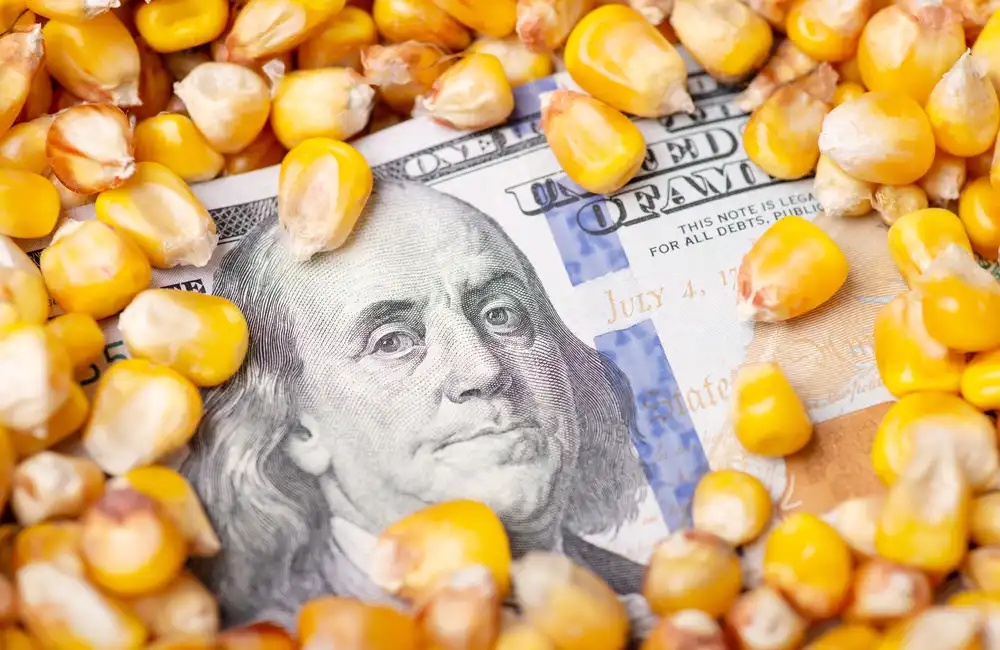In commodities trading traders face high risks alongside the possibility of considerable rewards. Market manipulation presents one of the primary concerns among various trading risks.
Market manipulation presents one of the primary concerns among various trading risks. Market manipulation through deceptive practices distorts pricing systems and creates instability while tricking investors. It is essential to learn identification and protection techniques against manipulation to ensure the security of your investments.
This guide explains different market manipulation tactics while showing how to detect these signs and teaching you protective measures as an investor.
What Is Market Manipulation in Commodities?
Market manipulation involves conscious acts by traders aimed at controlling commodity prices for personal financial gain. Investors who are unaware of market manipulation become vulnerable to unnecessary risks because such actions create deceptive views of supply and demand trends.
Market manipulation poses significant risks that investors need to understand.
- Distorted Prices: Market manipulation causes commodity prices to deviate from their true fundamental value which complicates the process of making informed investment decisions.
- Potential Losses: Investors who purchase or sell assets based on misleading signals face financial losses.
- Market Instability: The increased volatility of manipulated markets tends to reduce investor confidence progressively.
Commonly Manipulated Commodities
Market manipulation occurs more frequently in venues that either possess high liquidity levels or play vital roles in worldwide commerce. These include:
- Precious Metals (e.g., gold, silver): Often targeted due to high investor interest.
- Oil and Energy Products: These markets that drive global economies experience substantial speculative trading.
- Agricultural Goods (e.g., wheat, corn): The agricultural goods market experiences manipulation throughout planting and harvesting seasons as well as during supply shifts.
Signs of Market Manipulation
Investors need to monitor these warning signs to identify potential market manipulation activities.
- Unjustified Price Swings: Sharp commodity price movements without fundamental reasons like geopolitical events or economic data may indicate market manipulation activities.
- Unusual Trading Volumes: Trading volume spikes that contradict historical patterns and market expectations deserve additional scrutiny.
- Flash Crashes and Quick Recoveries: A rapid drop in prices followed by an immediate recovery could indicate manipulation designed to activate automated trading systems or disrupt market stability.
Common Market Manipulation Tactics
Market manipulators use particular methods to control commodity price movements. Pay attention to these essential market manipulation tactics.
- Spoofing: Spoofers manipulate markets by placing large orders they don't intend to execute to create false demand or supply signals that shift prices in their favor.
- Wash Trading: An entity conducts buy and sell transactions for the same asset to fabricate trading volume and create a misleading appearance of market interest.
- Cornering the Market: Through significant ownership of a commodity manipulators exert control over its supply and manipulate prices which forces other market participants to accept higher costs.
- Pump and Dump Schemes: Deceptive information and activity create false value in a commodity's market price. Manipulators sell their assets at peak prices which results in a market crash.
Example: The LIBOR scandal in 2012 exposed trader manipulations of global interest rates which affected hundreds of thousands of businesses and investors.
How Regulators Fight Market Manipulation
Regulatory authorities identify market manipulation and enforce penalties to maintain equity within trading environments.
Key Regulatory Bodies
- FCA (UK): The United Kingdom's financial markets operate under strict transparency and fairness standards enforced by monitoring regulations.
- SEC (US): The SEC manages U.S. securities markets while enforcing regulations to prevent fraudulent activities among market participants.
- CFTC (US): This agency specializes in commodities and derivatives trading while upholding laws against spoofing and wash trading and market manipulation in the futures markets.
Notable Cases
- LIBOR Scandal: Systemic misconduct emerged from interest rate manipulation which resulted in billions of dollars in penalties.
- Gold Price Fixing: Evidence demonstrated illegal trader collusion which manipulated benchmark gold prices.
These examples demonstrate the advanced techniques used by manipulators and the need for continuous monitoring.
How Investors Can Protect Themselves
Investors should actively develop protective measures to safeguard against excessive risks while regulators aim to control market manipulation.
- Follow Fundamental Analysis: Investors should base their decisions on essential market factors such as supply and demand trends together with geopolitical events and economic indicators instead of exclusively focusing on price movements.
- Be Wary of Extreme Price Movements: Any price movement that happens suddenly and without a clear explanation should immediately trigger concern. Steer clear of executing trades impulsively when you observe these market fluctuations.
- Diversify Your Portfolio: Your financial risk will decrease if you diversify across multiple asset classes and commodities instead of depending on one manipulated market.
- Stay Updated with Expert Analysis: Regularly consult trusted resources and expert analyses to keep informed about market developments, manipulation occurrences and shifts in industry rules.
- Use Reliable Tools and Alerts: Investors should use Advisor’s Gateway to obtain immediate alerts on abnormalities in market activity. Your strongest protection against manipulation comes from being informed.
How Advisor’s Gateway Helps Investors Stay Ahead
Commodities trading involves complexities that demand knowledge beyond the basic principles. Our platform Advisor’s Gateway empowers investors with essential knowledge and necessary tools for success through the following features:
Timely Alerts
Receive alerts on atypical market movements to protect your investments by acting early.
Research-Driven Insights
Our team detects genuine investment opportunities while converting market trends into practical strategies.
Exclusive Subscriber Benefits
Our subscribers unlock a variety of resources that match their investment goals through our detailed reports and expert strategies.
Subscribe Today for Expert Guidance
Invest with confidence by steering clear of manipulated markets and their associated dangers. Get exclusive investment advice and market updates through the Advisor’s Gateway newsletter and access tools that enhance your commodity trading approach.
Market manipulation risks in commodities trading become manageable when you combine your knowledge with expert tools. Organisations such as Advisor’s Gateway make it possible for investors to reach a level of informed confidence previously unattainable.




















